Archive for the ‘(Desi)Mom’s Guide To’ Category
Jokes And Riddles
Author: utbt1 Aug 2010
Mieja sits on her chair, holding FUNTIME RIDDLES ( by Marilyn Helmer and Jane Kurisu ) and with 150% focus reads:
What ship do prize winning athletes sail on?
Championship.
What is common to a cake and a baseball game?
They both need a good batter.
Why are basketball courts wet?
Because all the players dribble.
Why are football stadiums always cool?
Because the seats are filled with fans.
She is very calm, very composed. There are no pauses and no laughs. Because she does not understand. Heck she can’t even read! She repeats entirely from memory, from what she has recorded away in her brain by listening to what her older sister has read to her. Its hilarious to watch this child read a jokes and riddles book like some one reading SUN TV news.
BTW the riddle book is good. Do check it out.
Chula understands the jokes, I can tell. She is at a stage where she understands both slapstick as well as the subtle semantic/phonological jokes. We also picked up from the library SILLY KNOCK-KNOCKS( author Joseph Rosenbloom, illustrated by Steve Harpster ) and all of the jokes are subtle phonological ones and go right over my head, but Chula gets it. I will give you a sample:
Knock-Knock
Who’s there?
Canoe.
Canoe who?
Canoe please get off my foot?
( Ammmmaaaa… *some serious eye rolling* it is just like CAN YOU please get off my foot. Did you even think about that? *sending more attitude my way* ) For my part, I irritate her further by saying that I understand the wordplay, but what is so funny in a knock-knock joke?
Tell me folks, is it a cultural thing? I don’t get it. Probably will never, because I did not grow up with it?
PS: Recordings of Mieja “reading” books.
PPS: A riddle for you all. Who can jump taller than the tall mountain? ( Clue: If you are a Dora enthusiast or have one at home, you will know the answer. )
Chapter Books For Early Readers Demystified
Author: utbt19 Jul 2010
Picture books are an essential component to developing early literacy skills. One might come up with numerous adult oriented reasonings, beyond that picture books are pure fun. How else a child, who by nature is an active participant in the learning process, sits down and listens to something read to her? The illustrations in the picture books play a key role bridging the gap and provide the sensory input that rivets the child to the book.
But like everything one thing evolves in to another. Picture books eventually give way to chapter books. To ease the transition from understanding with aid to following the subject content by creating mental pictures, there are several easy reader books.
These easy readers books are classified in to different levels. In general I do not go by the age recommendation for each level. Combining age and the skill level only puts unfair pressure on the child.
Over time I see some patterns developing at home. I see strong likes in each of the above levels.
Just wanted to make a list of the books we read at home.
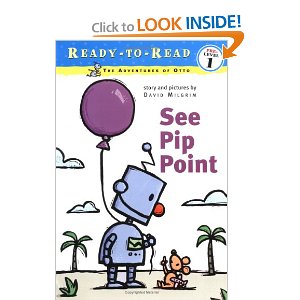 |
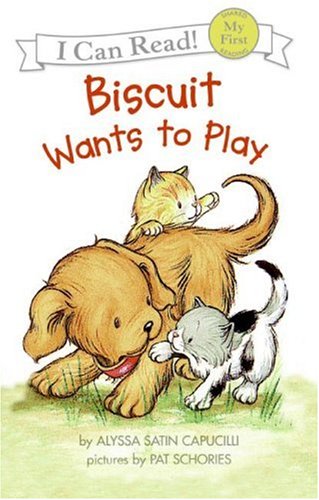 |
 |
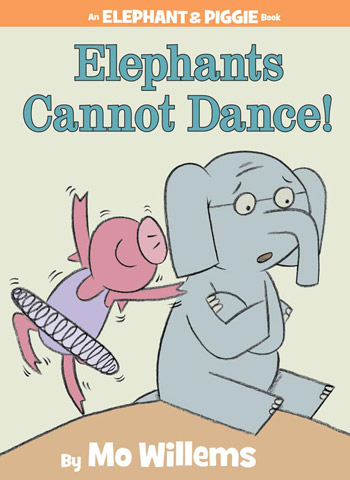 |
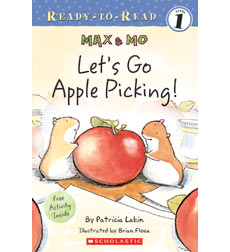 |
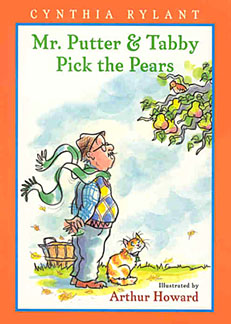 |
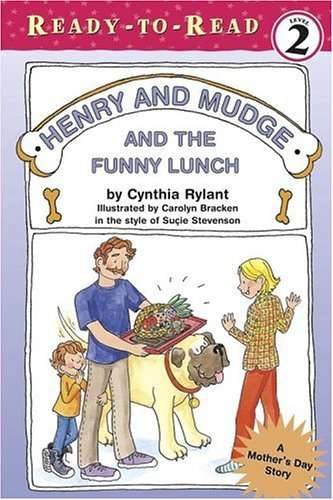 |
 |
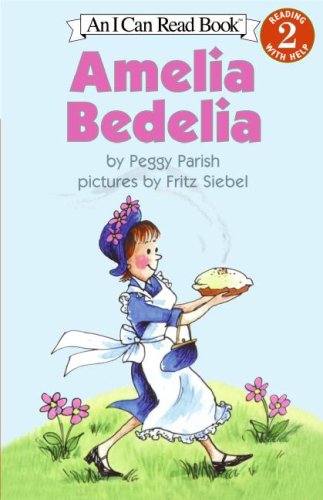 |
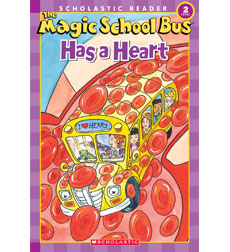 |
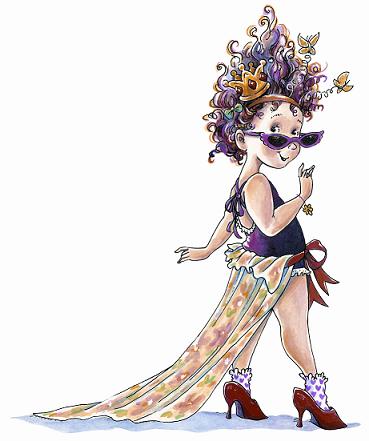 |
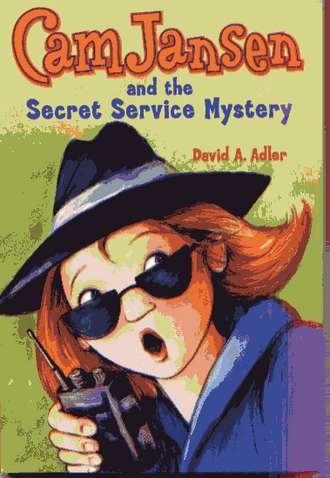 |
 |
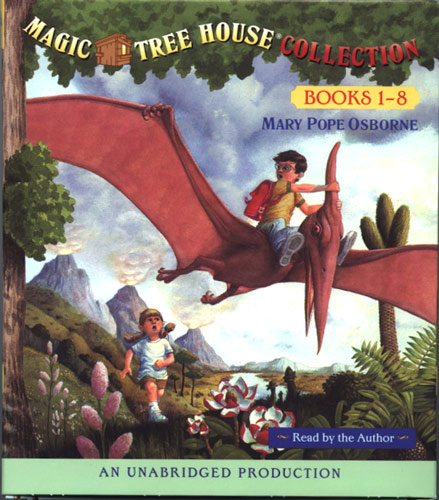 |
 |
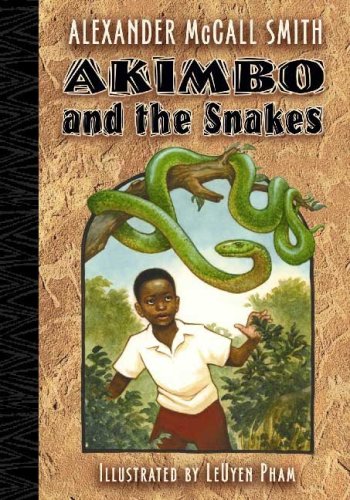 |
(1)Sometimes called pre-level as in for pre-readers. The author still relies largely on pictures. Many a times there is no story. The focus is on words. Select keywords are repeated again and again throughout the few pages of the book, supported with pictures. The sentences with keywords are simple, basic three word or two word sentences. The idea is to help the child understand the keyword, train the child to familiarize the keyword, reinforce the keyword with pictures. All this leads to the child recognizing the word, written or spoken, stand alone or in a different context.
See Pip Point series (by David Milgrim) in which the protagonists are Pip the mouse and his friend, Otto the robot. Names Pip and Otto are repeated in almost every sentence in the book. The names being phonetic are easy to read. The rest of the words are mostly sight words like ‘the’, ‘there’, ‘you’ with few rhymes like see-bee, few action words and couple of new words thrown in.
Biscuit series (by Alyssa Satin Capucilli, illlustrations by Pat Schories). The main character is an adorable puppy named Biscuit. Some pages do not have any print on them, just the pictures and the illustrations are tell-tale of what is happening in every page. “we can feed the hens Biscuit” is illustrated by the puppy’s owner, a small girl feeding the hens. Every book has a theme, a farm theme, where all animals are introduced. A school theme which talks about school and so on.
Mittens series (by Lola M. Schaefer, illustrations by Susan Kathleen Hartung). Where there is a puppy, there is a kitten and it attracts young readers all the same. The author picks a noun and verb, example a butterfly flying, and introduces prepositions that are associated with the noun and verb, example ‘the butterfly flew up’, ‘Mitten ran under the bridge’, ‘butterfly landed on a flower’ etc.
Elephant and Piggies series (by Mo Willems). Why leave pigs and elephants? This is least of MY favorites, but the young readers do not mind. Well it is MY blog and here is My honest opinion. The piggie is over hyper, unrealistic reminds me of Kareena Kapoor in Jab we met. The elephant is over sensitive and super stressed, reminds me of Nicolas Cage with his standard constipated look. These books are not your typical 15-20 page three word sentences. It is 50+ pages of a pig who wants to fly and keeps going Fly! Fly! Fly! Yes! Yes! Yes! Fly! Fly! Fly! and the elephant going No! No! No! You jumped! You can’t fly! Yes, every other word ends with exclamation. But as I said the girls seem to enjoy it. Chula can read, Mieja reads from memory, I don’t have to read it to them. Good.
(2)Pictures are still a bigger part of the book. There is a very simple story that can be summed up by an adult in one or two sentences. There are slightly larger sentences and lesser keyword repetition. The prime objective is to make sure that the child follows the story line.
Max And Mo series (by Patricia Lakin, Illustrated by Brian Floca) is about two hamsters(I think, may be they are some other kind of rodent pets) who live in a school in a cage. The series is about the adventures of Max and Mo. One we particularly enjoyed at home is MAX AND MO GO APPLE PICKING. After getting tired of being fed corn, Max and Mo escape their cage and have fun with the apples they find in the school.
(3)This is a flavor of what an young reader will experience in the future. There are chapters and each chapter is representative of introduction, plot and an ending. There is an index to every chapter. There are not just sentences, but paragraphs.
Mr.Putter and Tabby series (by Cynthia Rylant, illustrations by Arthur Howard) Mr.Putter is a senior citizen who lives in a neighborhood with other senior citizens. Mr.Putter finds in Tabby a companion. The stories are not just about the aches and ailments of being old and living alone, but are tasteful snippets in to the lives of old people, that evoke a myriad of feelings and makes the young readers wanting for more.
Also by Cynthia Rylant, illustrated by Sucie Stevenson are the Henry and Mudge series and easy read about a young boy Henry, his 180 pound dog Mudge and the adventures they share.
Cynthia Rylant (illustrated by G.Brian Karas) also has the High Rise Private Eyes series, about a boy and girl detective pair. For some reason, I found the pair to be sassy. We read about a couple of books and did not take much to the private eyes.
Amelia Bedelia (by Peggy Parish, illustrated by Lynn Sweat). Amelia Bedelia can be easily equated to our good old Suppandi. Amelia Bedelia is maid who manages to mess up every instruction given by her employers. If you tell Ameila Bedelia to clear the weeds in the garden, you must tell her ‘Unweed the garden’, for if you tell her just ‘weed the garden’, she would bring more weeds from your neighbor’s garden and lay it around in your garden. But in the end, she wins over her employers with her awesome teacakes and mouth watering cookies. She is quite a character.
Magic School Bus series by Scholastic. The level 2 books are the ones I find appropriate for the 4-6 year old age group. Mrs.Frizzle, the teacher takes her class on a ride in the magic school bus. They can travel to the past, the future, in to the human body and in to outer space and the children learn first hand how circulation works, about the dinosaurs, how snow is made etc.
Fancy Nancy series (by Jane O’ Connor, illustrated by Robin Preiss Glasner) The girls go ga-ga over Fancy Nancy may be because the protagonist is a girl. Or may be because, true to her name, Fancy Nancy is very fancy. Nancy is the fashion diva born to two plain parents. She has a chic BFF, a teacher who is always in vogue and a neighbor who can give models a run for their money, but her own parents and her sibling are so simple that they don’t even ask for sprinkles on their plain vanilla ice cream. The adventures of Nancy are about a variety of subjects like Nancy getting over her jealousy and sharing her best friend with another girl, trouble writing a book report etc. I like the fact that Fancy Nancy is always introducing new words.
“… we shout in unison. (That’s a fancy word for all together.)”
“…That makes me unique.(You say it like this: you-NEEK.)”
Young Cam Jansen series (by David.A. Adler, illustrated by Susanna Natti). Jeniffer, has a photographic memory and is nicknamed Cam, short for camera. She solves mysteries with her friends and is good at it because of her photographic memory. At thirty pages, it makes a good light read. For the young boys, David A.Adler also has the Bones series in which boy detective Bones is in charge.
There are many more like Poppleton the pig, Amanda Pig, Charlie and Lola, Nate the grate, Dick and Jane etc that we have read on and off.
(4) This is a complex form of the previous level. The shift from pictures to the written word is explicit. Rainbow Fairies, Cam Jansen, Akimbo series by Alexander McCall Smith, books by Roald Dahl and The Magic Tree house are some examples. So far, I read these books, few chapters at a time during bed time and the girls listen.
Happy reading young readers.
Treasure From Trash
Author: utbt6 Jul 2010
Says Shruthi and it truly is a subject close to my heart.
My worst nightmare is all the trash collecting to heaps and humankind drowning in it. Before throwing things, I try my hand on turning them in to something that can be reused. Some of these are imitation of what serious crafters have done, some are my versions of what I read.
I would like to dedicate all these projects to my wonderful glue gun without which many of these projects would not have been possible. My colleague encouraged me to get a glue gun and once I used it there was no turning back. Spread news papers to cover working surface, gather the materials and lock ‘n’ load glue gun, every single time I feel like Laura Croft 🙂
Created so far…..
CD Many Ways
(1)CD Coasters1: Children’s art work on one side(cut to size and laminated) and left over flannel scraps on the other side. A birthday gift for the children’s teacher.
(2)CD Coasters2: I am having a serious love affair with burlap these days. I have been saving the burlap bags in which they sell rice. The big idea was to make a bag. But considering my non existent needle skills, I decided to turn them in to coasters. I loved the result. Especially the coasters that show tamil letters and words such as INDIA and IDLY put a smile on my face.
(3)CD Coasters3: I made some ‘very Indian’ art work on these CDs. I had to sand and prime the CDs for the acrylic paint to stick on the CDs. The big idea is to make these in to ornaments for the children’s teacher’s christmas tree.
(4)Another CD project: The girls painted a ready made bird house(thanks Reva) and I just added this to the birdhouse and hung it.
Gerber Bottle Many Ways
(1)It’s A Boy Party Favor: R’s nephew had a baby boy in May and I mailed these party favors for their baby announcement. I sterilized the bottle and the lids, painted the lids, added some IT’S A BOY ribbon and buttons on the top.
(2)Party Favors-Candle and Candy Jars: We had so much baby food bottles that I was looking for something else to do with it and I stumbled on this. Loved it. The candle votive holders looked really pretty with vibrant yarn. But I decided to use the left over baby blanket/sweater yarn I had.
Tetra Pak Containers – Tetra Paks cannot be recycled or composted. I try to buy the gallon cans, but sometimes, cannot avoid tetra paks. When I throw them in to the trash can, I feel guilty. I saw this simple project in FamilyFun magazine. All it requires is hardy scissors and sticky back velcro. I use these as food containers, especially when I want to give a friend some food without having to chase the person to get my containers back.
Brown Bags To Envelopes: I carry my own bags for bringing back groceries, but paper grocery bags tend to collect over a period of time. Brown bags are pretty hardy and are perfect for little hands that learn to wield a brush. But the girls are grown up and want real paper for painting. So I converted my collection of brown bags to envelopes.
Fuse Bead Greeting Cards: The girls do fuse bead work. We have a ton of fuse bead art work, which I am turning in to hand made greeting cards.
Soup Can Pencil Holders and Big Metal Can Planters: This is just for home use and I used them as is.
A Page From Our Lives
Author: utbt17 May 2010
Dear Mieja:
I have never written public blog letters to you and your sister. I had my reasons. Now, Mieja, this is my letter to you. My first public, blog letter to you. I have my reasons.
If I ever write your biography, the chapter that covers 3.5 years – 4 years of your life will certainly be titled HEART ACHE. To call the past six months as turbulent will be an understatement.
Your motto has always been Vini Vidi Vici – you came, you saw us all and you conquered us all with your laugh, love, expression and attitude. You make me laugh like there is no tomorrow. When I hug you, I feel this sense of contentment swell inside of me. You have multiple facets, all of which I enjoy. Heck, I enjoy even your ‘padagamani'( adamant and aggressive ) side. You have always gone by ‘naan oru mudivu pannital, appuram nane yen pechai ketka maten’ (Translates to: If I decide something, then I will not listen to me convincing myself to change my decision.) and in the past I have found it awfully cute. The thought that this child is my last child softens parents in many ways. It is an abstract feeling that can only be experienced and cannot be explained.
Any thing goes is definitely not what flies in our house. Your appa and I believe that discipline is not a dirty word. We view it more as setting safe limits within which you and your akka can explore. It will be false to say that we do not have any expectations on you and your akka. Though the two of you are young, we do have expectations, age appropriate expectations on you both. We are not new, inexperienced parents any more. Tantrums neither scare us nor embarrass us. We are level headed to view it as mismatched expectations and are willing to work through it.
Now, something happened. Or may be many things happened….. I am not sure, but I can only make educated guesses. May be you moved from what Dr.Montessori would call ‘just existing’ to ‘conscious existence’. May be you are trying to learn your limits by pushing our limits. May be you delicate digestive system is still in the process of maturing and you are suffering from the same lactose intolerance and acid reflux that made you scream in pain 24X7 the first two weeks after you were born. May be you are trying to define your niche in house and in school. May be you are trying to run with the top dogs too soon. May be you are competing with your sister. May be you are competing with your self. May be you found that by screaming you get my attention sooner that anything else and decided to take that short cut. May be you are feeling insecure…..
As a result of this, the past six months have been non stop crying and plain unhappiness – mostly for you. What shocked me was the rage, the anger that emanated from you and that you blamed me for your unhappiness. It was not just me, but your teachers also noticed it. What started as hugging my legs and refusing to say goodbye to me when I drop you off in your classroom, only worsened over the past three months. You regressed in certain areas I thought you had already mastered. Your teachers were surprised that you were having separation anxiety after being in same classroom, with the same teachers for the past two years.
We had a conference and discussed certain things that have been sending red flags right, left and center in my mind. Most of the red flags, your teachers said, were ‘preferences’. Strong, rigid and to some extent eccentric, but they did put my mind to ease by saying that there is no cognitive dissonance.
The real slap in the face came to me, when the head teacher of your classroom, the director of your school, a very patient, kind and nurturing soul called me aside and gave me ‘the note’. After an unhappy good bye in the morning, you were sitting with your teacher and she made conversation with you. After long probing you told her that you were MAD at me. Your teacher suggested that you write a letter to me. You dictated. She wrote. And I am holding the note that says, “To mommy, Mommy, I am having fights with you. That makes me sad.” Slap. End of story.
Since then, I have been trying to get a break. One thing I strongly believe is that, when you are desperate for something, the universe conspires to give you exactly what you ask for. It may not be packaged in the way we want it. But you get it. The challenge is to recognize it and make the most of it.
The break I have been asking for came as a real break…. in my tail bone. I fell on the stairs and broke my tail bone. The positive aspect of it is that I get to stay at home and spend some time with you. Real, quality time that is not measure in minutes but in love. I am able to slow down and give you the focus you need without cutting down on the time I spend with your sister.
You will be four in a week. Hoping that the chapter about your fourth year will be titled CONTENTMENT.
More love than you can ever imagine
Amma
Poetry
Author: utbt3 May 2010
I reckon that national poetry month just got over. I had been meaning to add my two cents….but better late than never. So here it goes.
Let us play word association. What comes to your mind when you say poetry? This is what comes to my mind:
Glum. Melancholy. Daffodils. Sad. Rote. Wordsworth. Memorize. Exams. Marks. Simile. Metaphor. Hate. Struggle. Depth. Inadequacy. Puzzled. With-reference-to-context. Robert Frost. Complex. Forgetting-and-leaving-a-space-hoping-that-the-word-would-come-to-mind-before-the-exam-bell-rings. Mnemonic.
I know I am not doing justice to the genre of poetry. Especially when early childhood education has nothing but good things to say about poetry and its benefits in language development in young children. I feel that my poetry learning was associated with probing to check for understanding rather than focusing on exposing the beauty of the language and it soured my experience.
I am reading some poetry with my children and at school. From my observations, I feel that poems with a strong cadence are a huge hit with all children. So far I am yet to come across anything that beats Mother Goose in its strong rhythm and cadence. Some of the content in Mother Goose, I feel, is culturally irrelevant, sexist and makes my eyes roll, but I must also say that it is the adult perspective. Children are oblivious to it and are mesmerized. Also from my observations, at around four years children start enjoying nonsense verses. The next in the natural progression is enjoying poems with clever word play. At home we are heavily in to nonsense verses and considering that it the highest level I will ever reach in poetry, we shall remain at that stage for a long time 🙂
I am sharing some poems that we like at home
My Name Is… By Pauline Clarke
Book: The 20-th Century Children’s Poetry Treasury
Selected by Jack Prelutsky. Illustrated by Meilo So
Additional Information: I sing it to the tune of “My name is Madhavi, I am from Allepey” (Karadi Tales)
My name is Sluggery-wuggery
My name is Worms-for-tea
My name is Swallow-the-table-leg
My name is Drink-the-Sea.
My name is I-eat-saucepans
My name is I-like-snails
My name is Grand-piano-George
My name is I-ride-whales.
My name is Jump-the-chimney
My name is Bite-my-knee
My name is Jiggery-pokery
And Riddle-me-ree, and ME.
Eletelephony by Laura E.Richards
Book: The 20-th Century Children’s Poetry Treasury
Selected by Jack Prelutsky. Illustrated by Meilo So
Additional Information: It so happened that Chula and Mieja’s teacher also read this poem at school. Need I say how thrilled they were?!
Once there was an elephant,
Who tried to use a telephant-
No! no! I mean an elephone
Who tried to use the telephone-
(Dear me! I am not certain quite
That even now I’ve got it right.)
Howe’er it was, he got his trunk
Entangled in the telephunk;
The more he tried to get it free,
The louder buzzed the telephee-
(I fear I’d better drop the song
Of elephop and telephong!)
From school: The primary teachers do a cool circle time game in which they sing, “Willaby Wallaby BAY, an elephant sat on JAY. Willaby wallaby BACK, an elephant sat on JACK”. The idea is to rhyme a nonsense word with a child’s name. Once the kids are familiar with this routine, they sing, “Willaby wallaby MALICE, an elephant sat on______”, they pause and the children chorus “ALICE” – they pick a child’s name that rhymes with ‘malice”. If the children are rained in, they are sure to play this game, it keeps them engaged for a long time.
Book: Gasa Gasa Para Para Author: Jeeva Ragunath. Illustrator: Ashok Rajagopalan
Book: A-vil yirundhu Ak varai Author: Jeeva Ragunath. Illustrator: Nancy Raj
Publisher: Tulika
Alliterations, onomatopoeia, funny alphabet pictures, nonsense verses. What is not to like in these books?!
A-vil yirudnhu is about the vowels.
Gasa Gasa Para Para focuses on the consonants and the letters emerging when combined with the vowels. My children like to look at the books and identify the tamil alphabets.
What Does One Learn From A Book?
Author: utbt20 Apr 2010
I mean any book.
Subject matter.
If so, why is it suggested that parents read to infants? Do infants really ‘get’ the subject matter? Definitely not in the adult sense.
Knowledge.
Hmm…. Kind of yes. But again not in the adult sense.
From a book, over many many reading sessions, a child slowly realizes
-Print symbolizes language.
-Words symbolize objects and/or actions.
-Letters symbolize sounds.
-Thought process can be communicated either verbally or through print.
-Print holds knowledge.
-Print follows a certain pattern, some ground rules. For example, in many languages books are read from front to back, top to bottom, from left to right.
-It prepares them for an adult life where print is used to acquire/disseminate knowledge and to communicate ideas.
-Reading loudly to a child creates phonemic awareness and phonic awareness. This later leads to reading and writing development.
If a child can learn so much from a book created by another person, what can she learn from a book that she creates? Is it possible for a child who cannot read to make books?
In Montessori they have a wonderful work material called definition books. These books are approximately 3inch X 3inch, spiral bound, with about 5-8 pages, on subjects such as mammals, parts of the root, parts of the leaf etc, with simple illustrations on one side and a 2-3-sentence explanation on the other side. It is perfect for a young child to hold and use. A Montessori teacher uses these books in her classroom in various ways depending on the stage the child represents.
I am not going in to the philosophy and the exact use of these books in a Montessori classroom, but FYI, the progression roughly follows: reading the book to the child -> asking the child if she wants to make a book -> taking the child to challenging stages depending on the child’s fine motor control+ability to focus+ periods of concentration+child’s ability to come back to the same work and continue from where she left off -> finally helping the child to assemble her hard work in to a book that is a replica of the definition book on the work shelf.
Sometimes children do one book or at times half a book and move on. Some children do a few books till they get the fundamentals mastered. Chula being a specialist, has made all the definition books that are present in her classroom. After she did the first few books she declared that her goal is to create a library with her books that contain her own illustrations and handwriting. So we have about 21 of the books she made. The first book dates to the beginning of 2009 and the most recent book shows the date Feb 2010. As a result of these wonderful books, I now have the opportunity to look at her progress in writing.
The first book is devoid of any letters, she had just traced the pictures. The next stage, she had traced the definitions and I can see plainly that the she had done the tracing blindly driven by the challenge of following the cursive in the definition books. In the stage that followed she was able to read what she was writing and she shows control over the script. A recent time stamped book from this collection is a poem book. The title of the book is Caterpillar by Christina Rossetti. She has done a front cover, back cover, no tracing, but she has copied the poem and I was said (by her) that she has been working with her teachers on ‘POEMS’ and she made this book. The most recent book is a book on ‘FROOTS AND VECHTUBLS’. She said that she made observational drawings of the life sized fruits and vegetable models they have in their classroom and captioned it without any help. In this book the author and illustrator has presented to us belle peper, aplle, lemin, oringe, graip, sraberee 🙂
I am very much enjoying her progression from just doing the work given to the stage where she takes ownership of her work and creates. And to add to this Mieja has started to bring her books home. The first book on Animals of Antarctica was proudly presented on Feb4, 2010. She had traced a few Antarctic animals and her teacher captioned the animals for her. The third and the most recent book is a complete definition book on the ‘Parts of the leaf’, pictures, front and back cover and tracing of definition included. I can’t wait to see what this one has in store for us 🙂
Language Development IV
Author: utbt18 Mar 2010
Part I here.
Part II here.
Part III here.
Part IV here.
Considering how I acquired language and how I grew up, my brain is very bilingual and it adapts to the environment I am in. While in India, I found myself reading more Tamil, speaking more Tamil, hearing different dialects of Tamil and thinking more in Tamil. I remember hitting road blocks while trying to do creative writing in English. My vocabulary tank hit empty often and I confuse tenses. Presently the case is reversed. In my case, I feel my Tamil is just dormant and will come back with immersion.
My parents are with me right now, which makes me focus on something interesting. My dad was educated in Tamil medium till he completed high school. English was just one of the subjects. But he studied his history, geography, math, science, for that matter even English, through Tamil. He started formal English medium in his undergrad. He later acquired three masters degrees and a PhD in organic chemistry. He says that he struggled quite a bit for the first couple of months in undergrad, but it was smooth sailing after that. I find that his English is REALLY good. Much better than mine! We are talking about the person, who represented Annamalai University in the National Level and received prizes from Jawaharlal Nehru and Dr.Radhakrishnan for his creative writing in English and his mono act as Shylock. This is not totally out of context, because this article triggered my train of thought.
Now to the challenges I face as an immigrant parent. Both my children started as very fluent in Tamil. When they started preschool, they could follow simple one sentence directions in English, but couldn’t talk other than yes or no. It was a silent language receiving period for them for the first two months of preschool. After that they started code switching. Now it is English all the time. Initially I thought that the fascination of the newly acquired language is making them talk in English all the time and that they will change. After two years, I feel that they have successfully converted me!
Most of the bilingual studies in the United States, I feel, cannot be applied to the unique case of the Indian immigrant. In the States, the focus is more on ‘ENGLISH AS A SECOND LANGUAGE(ESL)’ learner. An ESL learner, is very fluent in his/her mother tongue, is introduced to English after the home language is mastered and continues to get her home language immersion at home, from relatives, peers from the same cultural background, entertainment media and books. Where as the development of home language in children of Indian immigrants is precarious. The children switch to English after they enter school and their level of home language immersion is not that great, owing to a great deficit in the dosage of home language they receive.
As a resident of the state of California, I am in a better shape when compared with my peers living in some remote city in the States. Here we have The California Tamil Academy, a Tamil school that we can send our children to. Not that an one hour a week, Tamil school is a cure all wonder, but in the worst case, one can at least hope that the children pick up some basic Tamil for survival. I volunteer to teach Tamil for a small group of ten year old children. I have to say that these children are pretty good. They can read, write and understand Tamil. They can talk, but are extremely self-conscious.
As a teacher how do I bridge the gap between spoken and written Tamil in my classroom? CTA follows the text books from Tamil Nadu text book society. Also the Tamil classes through CTA can count as foreign language credits in certain school districts in the Bay Area. So the text books have to be of a certain format and the syllabus has to meet certain standards. So the Tamil in the text book is appropriately formal for that level. From my observation of the children in my classroom, they do not think that that Tamil in text books are formal or different. They do not recognize the gap, because most of them converse mostly in English. Their dose of spoken Tamil at home is limited. Even if their parents talk in Tamil, an average ten year old gets a total 30 minute talk time with their parents after school-homework-homework related talk-play-extra curricular activities.
This is different from an average child growing up in India, where the child gets quite a bit of regional language from the environment and this language is different from what they read in books.
My aim as a Tamil teacher is to make the children feel comfortable talking in Tamil while helping them to read and write. Some how make them connect Tamil language and Tamil literacy. If at the end of a year, these children can recognize that there is a gap between spoken and written Tamil, I will be happy. Major portion of my 60 minute class is devoted to conversation. Most of the time, we talk about something that they can relate to. So I pick the young adult fiction to talk to them. (May the husband note that I am merely doing classroom research and Y.A Fiction is not to satisfy the child in me that refuses to grow up.) Books like this and this gets the conversation flowing effortlessly for a good 30 minutes. Every one has two cents to add and we help each other when we get struck forming a sentence in Tamil. The wimpy kid even branched off in to areas like right and wrong, about how bullying affects them etc.
This concludes part IV.
Language Development III: For Tulika Book Publishers
Author: utbt15 Mar 2010
Part I here.
Part II here.
Part III here.
What started as a comment reply on Tulika’s blog, discussions on Saffron Tree’s yahoo group and my personal blog, grew and decided to become a blog post. It also ties in with the Language development series I am doing, so here goes it….
There are two components to every language – Language part and the Literacy part.
Language is to talk and understand(when spoken to) a language. Literacy is print awareness in that language – to read and to write.
Typically children are experts in the language part by the time they are three, how is a mystery even to experts, but we are not going to go in to theories now. Then they slowly get the literacy part at around 5-6 years. That is what is developmentally appropriate.
I speak Tamil…or rather used to speak Tamil. In Tamil there is a gap between language and literacy and the gap is widening as we speak. If I think abt it, the gap still existed when I learnt Tamil as a second language. But I was immersed in both spoken Tamil and literate Tamil all the time. One of my early memories – writing my 4th std half yearly exams and delibrately spelling out, ‘nadandhu sendrar'(means ‘he walked’) and wondering we would say ‘nadandhu ponaru’ (also means ‘he walked’, but in spoken form), but while writing this is what we do. So it took me 9 years of my life to figure out that there is a bridge between Tamil language and Tamil literacy. But that was it, I never focused on that difference. After coming to the US, Tamil still persevered, through movies, music and books. Suddenly I look back and find that there are huge gaps.
In the past five years, mainly due to the kids, my external sources of Tamil language and literacy dried out. I haven’t laid my hands on any Tamil magazines/books in the past four years. Watching movies has become such a chore that I have to drink tea to make sure that I don’t doze off and the caffeine has been successful only for the first thirty or so minutes, after that Nithra Devi takes over. Tamil music, though mostly written in English, every couple of years YaadaYaada downloads some Tamil songs in to my laptop that goes in to iTunes and I listen to it in the car during my six minute drive to and from work.
So what about the internal sources? After all I did grow up in Singara Chennai and lived there for the first 22 years of my life! All I can say is, it is tough to keep up if one is not immersed. Plus it is so easy to parent in English. I can say to a child who is trying to claw or hit her sibling, “Well, the way I see it, you have two choices. You can use your hands gently and stay with us and have fun or I am taking you to the bed to clam down”. In English, it just flows, I don’t even have to think and construct the sentence. I dare not attempt it in Tamil.
Now language is something that is very fluid. It changes, grows, evolves, assimilates, gets diluted, adapts and waits for no one to catch up. Tamil language is even more fluid than Tamil literacy. I find that there is a gap not only between my own Tamil language and my own Tamil literacy, but also considering that my Tamil was locked in 1999 and became stagnant, I find gaps between my spoken Tamil and Tamil currently spoken Tamil Nadu.
If I paint the picture of a immigrant who has forgotten her roots, pardon me, I have to point out that I am not alone. One look at the survey results, tells me that even people living in India are in the same boat as me. Over multiple generations, this is the trend I see – my grandparents’ generation with about 20% gap between their spoken and written Tamil, my parents’ generation with about 50% gap spoken and written Tamil, gen-YNOT college kids with 60% difference between spoken and written Tamil and the young school going ones with 75% difference between spoken and written Tamil.
Okay there is a gap. How do we deal with it? What are the challenges I face as a parent? What are the challenges I face as an immigrant parent? What do I do in my classroom as a Tamil teacher? Part IV people.
Language Development – II
Author: utbt8 Mar 2010
A very old post I wrote on Language Development here.
Now, the poll results.
Number of people participated – 141 (People living in India = 43.9% + People living outside India = 56.02%)
99.29% know at least one Indian language. 30.49% know at least two Indian languages. 24.11% know at least three Indian languages.
89.36% have at least one language common with their spouse. Only 4.96% do not have a common Indian language with their spouse. Some people did not explicitly specify the languages the spouse knows and there were some unmarried people. That comes to roughly 5.6%
92.19% of us feel strongly(7 or higher on a scale of 1 – 10, one being the lowest and 10 being the highest) that our children must know at least one Indian language. 3.5% rated it at 5 and 0.7% rated it at 1.
In spite of 89.36% of us having at least one common language with our spouse, and 92.19% feeling strongly about their child speaking an Indian language, only 29.07% of us speak to our children in an Indian language.
I am not specifying the % of children who can talk and understand and Indian language because some were very young children and the number would not be a true representation.
Couple of personal revelations:
After this poll, I have a new gained respect to the standardized polls with restrictive choices. I always thought the generic polls are too foo-foo, but hey one learns something new every day-huh?!
Also I underestimated the power of the blogging mommy network, I did not expect such good turn out. I spent a great deal of time parsing and organizing the data.
I would like to thank you all for your time and your valuable inputs.
Keep tuned for more on Language Development in young children.
Beasts Of India
Author: utbt17 Feb 2010
Edited to add: Submitted post for Shruti’s Artsy-Craftsy June 2001 Folk art challenge.
To play Feb’s “Guess the book” see the side bar.
FOLK ART.
The very first time I heard this term was in 2003. I was experimenting with various mediums. I took my Tanjore painting of Krishna and Balram to my oil painting class, people were impressed by the richness and details. That’s when some one popped the question, “Is this folk art? Some thing typical of India?”. Though I had no clue about the exact definition of folk art, some thing prevented me from saying yes. I thought hard and answered, “Well, it is more like traditional art, practiced in the southern part India.” Though I had answered the question, I had no idea about the difference between folk art and traditional art and why I chose the later term to describe my painting. But something was planted in my mind regarding the different art forms of Indian art. Ever since, people who have know me would have heard me say, “I am looking for books on Indian art that are intrinsically India.”
For the past couple of months I have been looking at Tara’s website, which by the way is my new pass time, and I must say that I am mesmerized. All their books have a unique theme and the vibrant book covers tempted me to hit the ‘Add To Cart’ button. It was at this point I happened to clean one of book storage bins and I almost squealed in delight. There, it was lying at the bottom of the bin was Tara’s BEASTS OF INDIA! I must have bought it in my recent India trip and must have completely forgotten about it or the book fairy must have paid me a visit. (In case if it is the book fairy, I don’t mean to sound ungrateful, thanks for this book and all that, but you really must look at the complete list. I so want to own DO! Also by Tara.)
The book has been reviewed for Saffron Tree. Find the review here.
How can we let this inspiration pass. So we combined it with the festive atmosphere of the Lunar New Year and Satish’s review of Everyone Knows What A Dragon Looks Like and we made our own paper dragons.
First what we talked about how every one imagined their dragons. Prominent features like big eyes, horns, bushy eye brows, sharp teeth, fire were thrown out. We all unanimously agreed that the dragon is scary and the color red must feature in the dragon.
We picked one style that inspired us to create our dragon. Chula wanted to combine Patachitra and Gond. The little one started with Madhubani and soon changed her mind. I was deeply attracted to Gond the minute I set my eyes on one. So I stayed with Gond till the end.
The hand with its fingers spread out can be a starter for many art forms. For the most part it eliminates the, “I can’t do it like you amma, can you do it for me?”. We traced our hands, leaving out the the thumb. We converted the index finger and the pinkie in to ears. The other two fingers became the horns.
It took me a good two hours to finish my dragon and I must say that it was deeply therapeutic. The little ones lost interest after the first fifteen minutes and they moved away. But they saw how much I was enjoying myself and came back to ‘help’. For the last 45 minutes they sat next to me, one holding the pens and one making sure that I did not miss the pattern. The critique from the little ones, “Well, he kind of looks friendly amma. Not scary at all. May be he is a she.” I did start out with the mental picture of the Yali, but the end result was very different.
I know that the books touched the girls because when I stepped out I saw that they had created out of side walk chalk a Warli inspired cow 🙂
With that I leave you with some pictures.
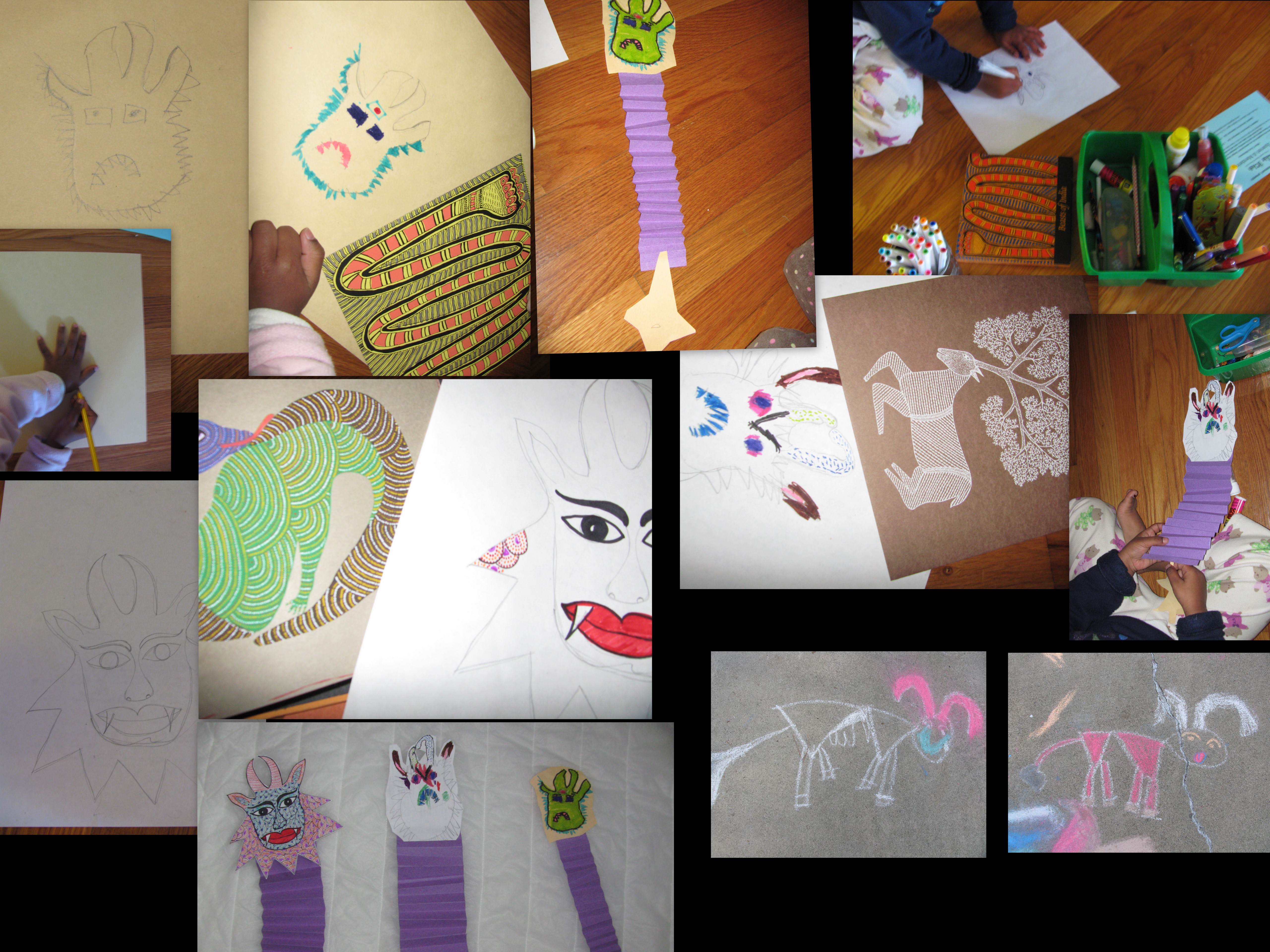
Dragon inspired by Beasts of India

 (No Ratings Yet)
(No Ratings Yet)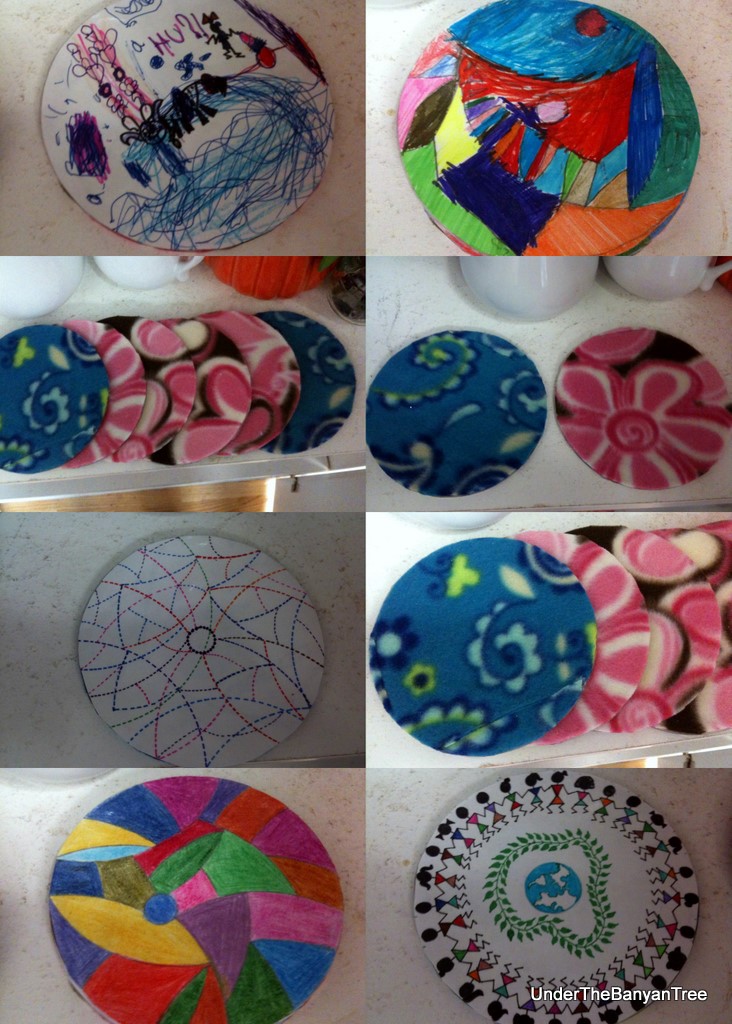
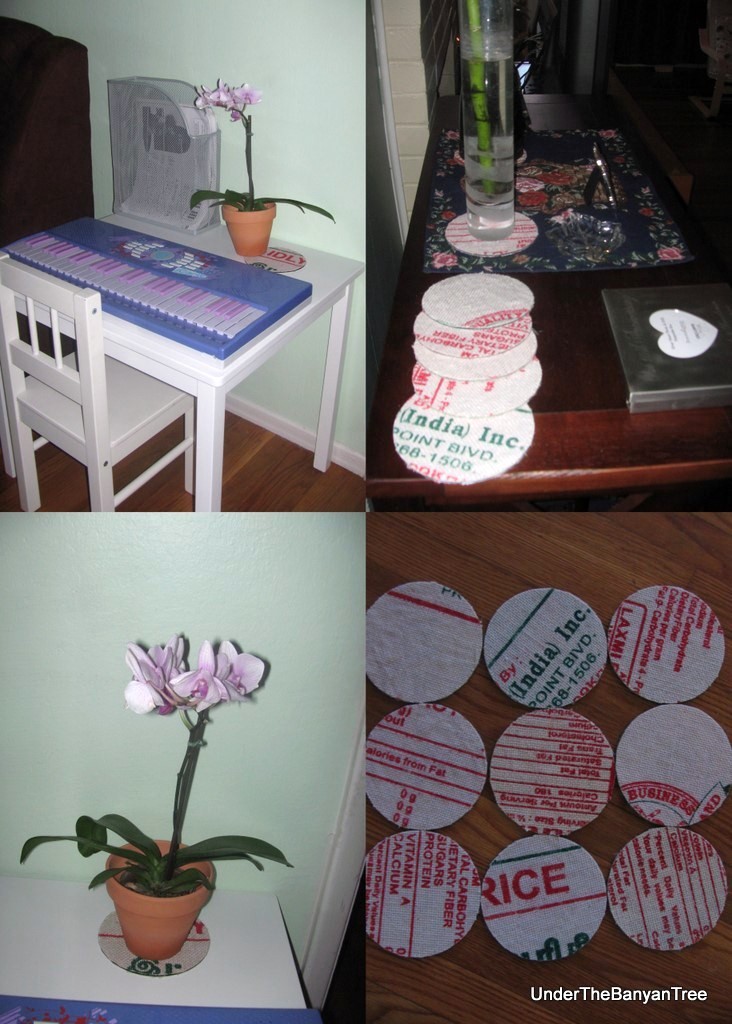
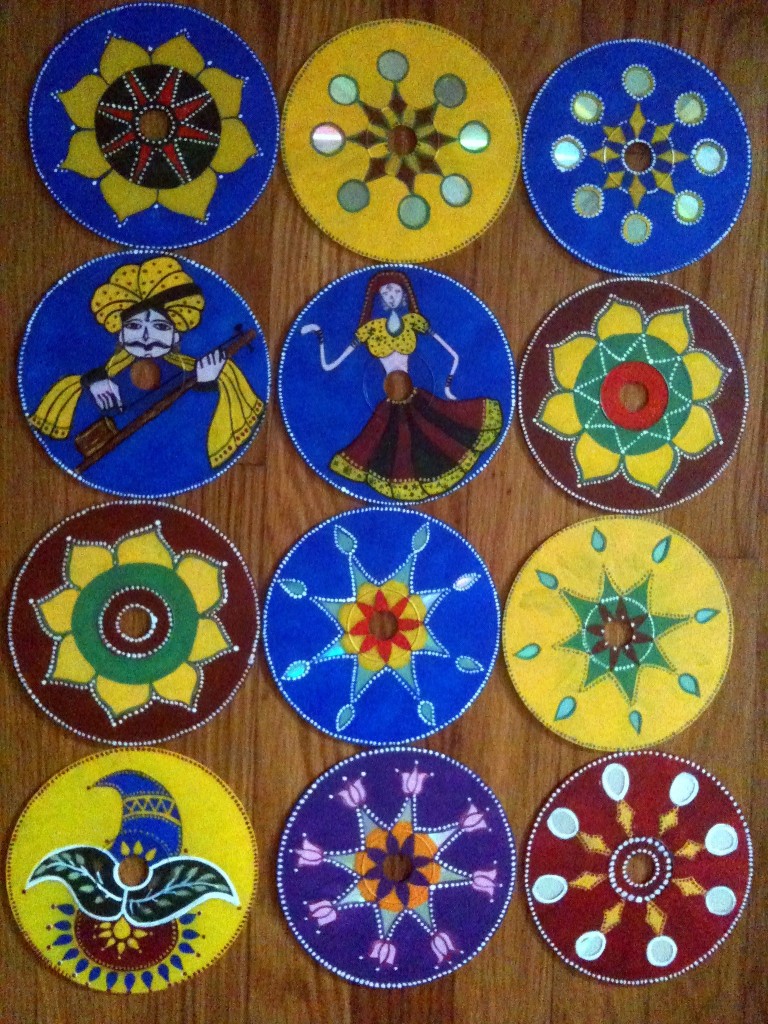
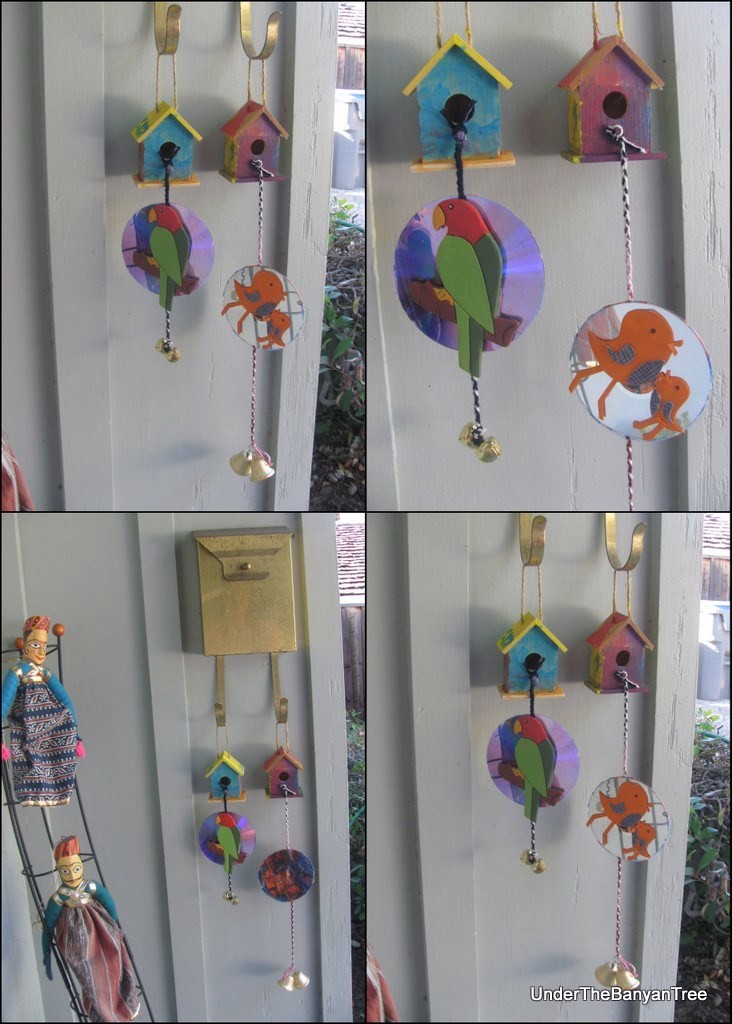
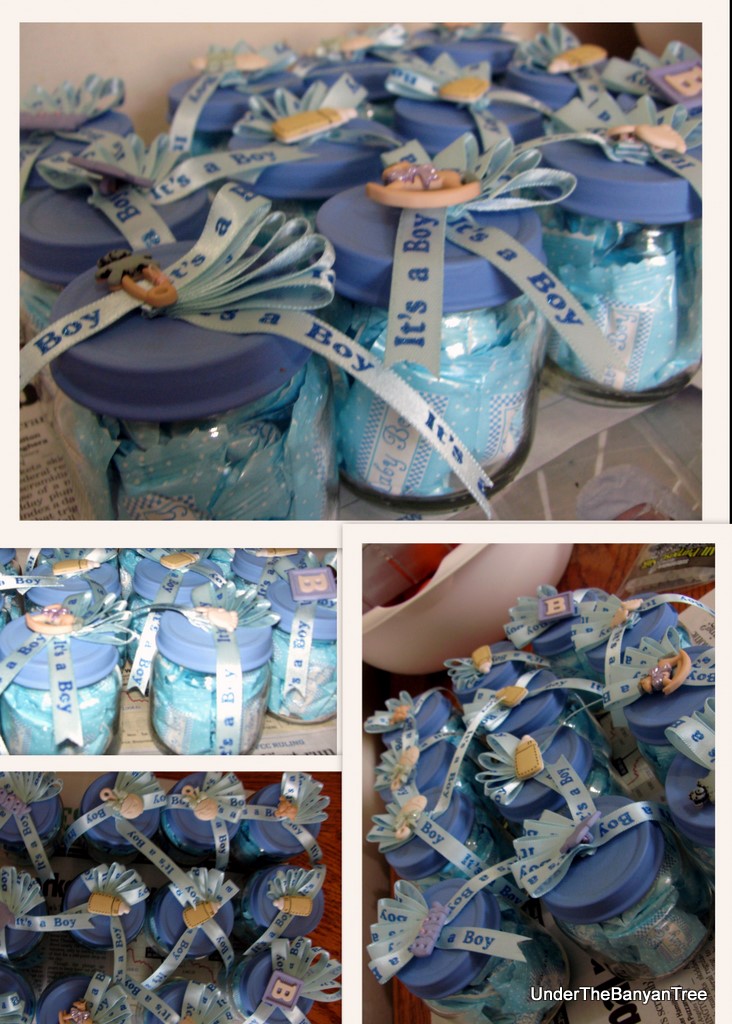
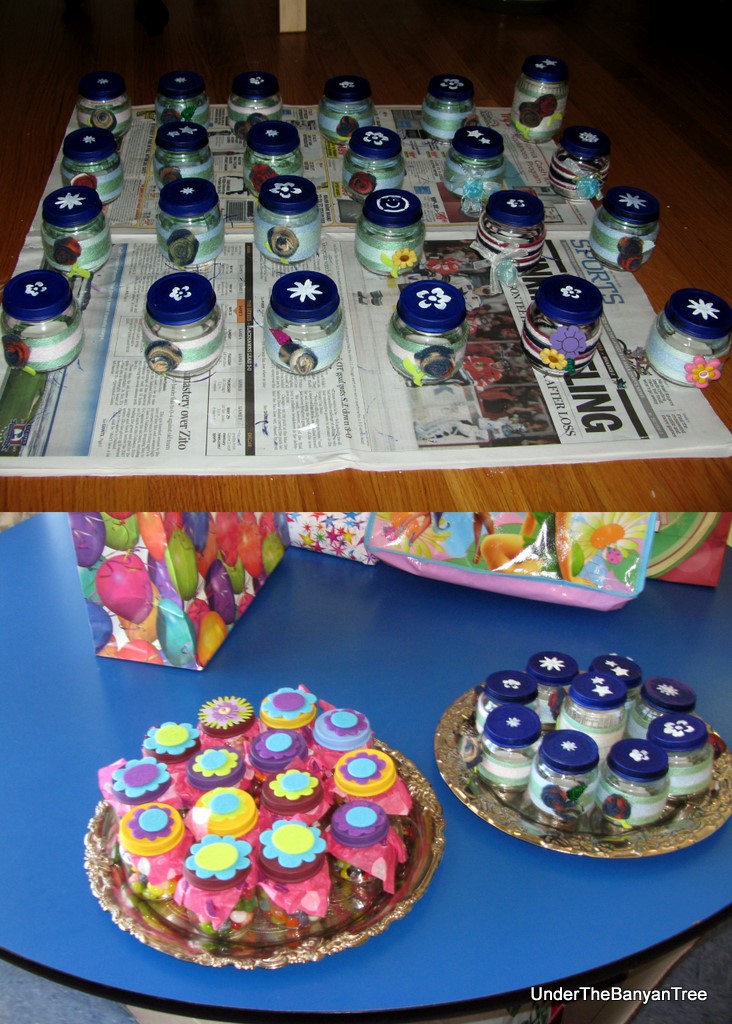
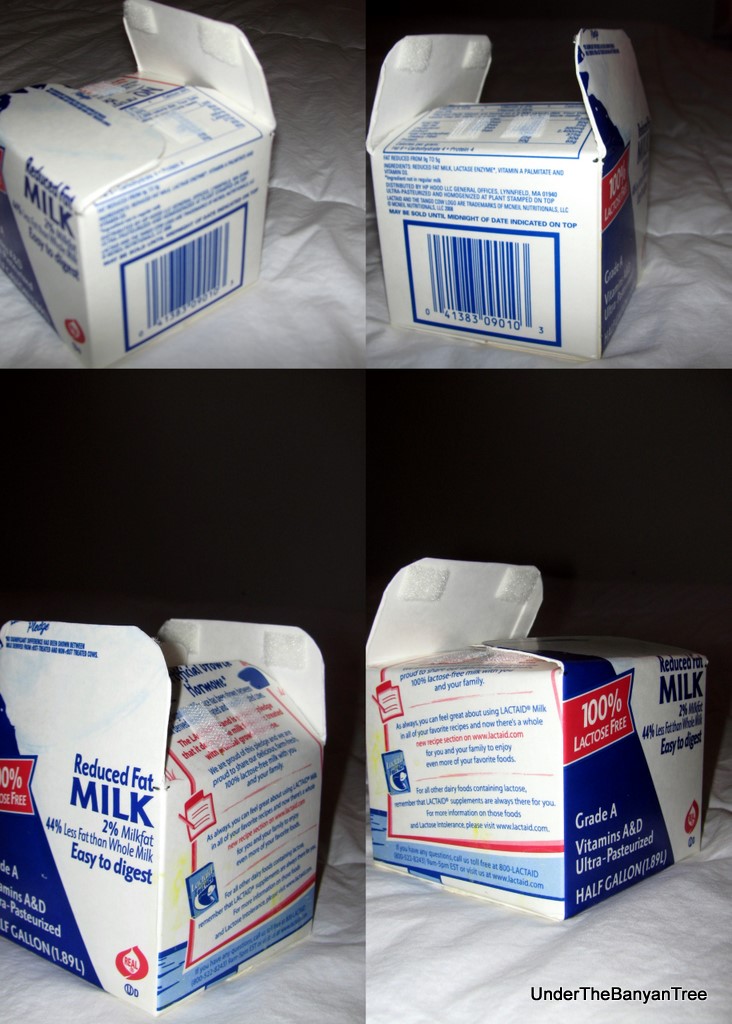
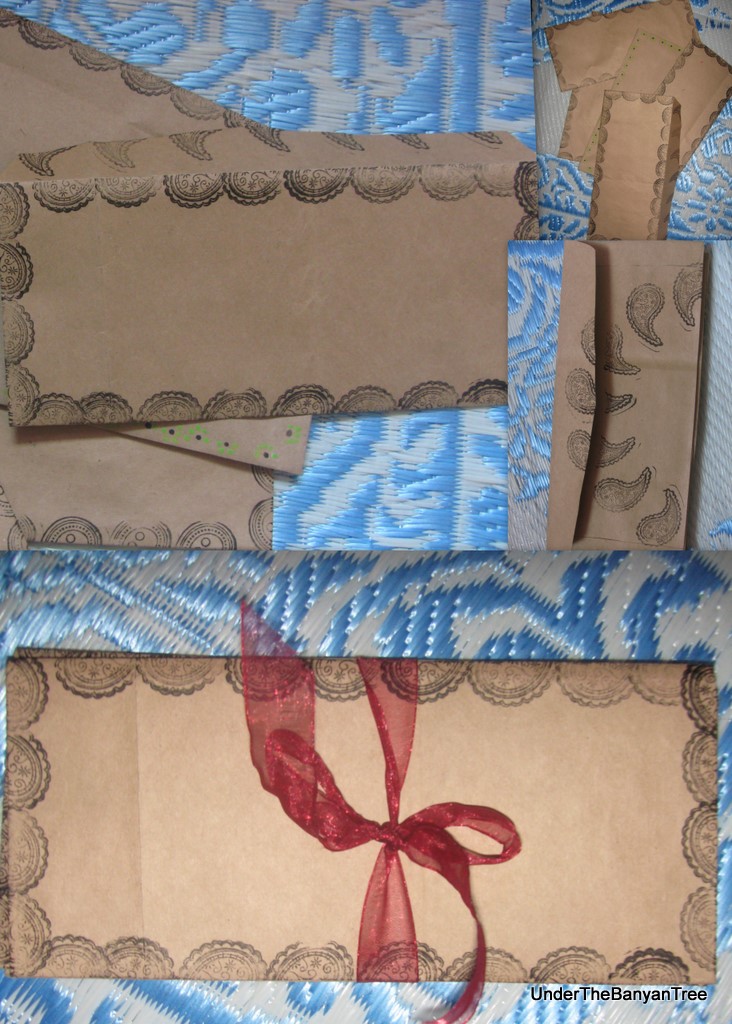
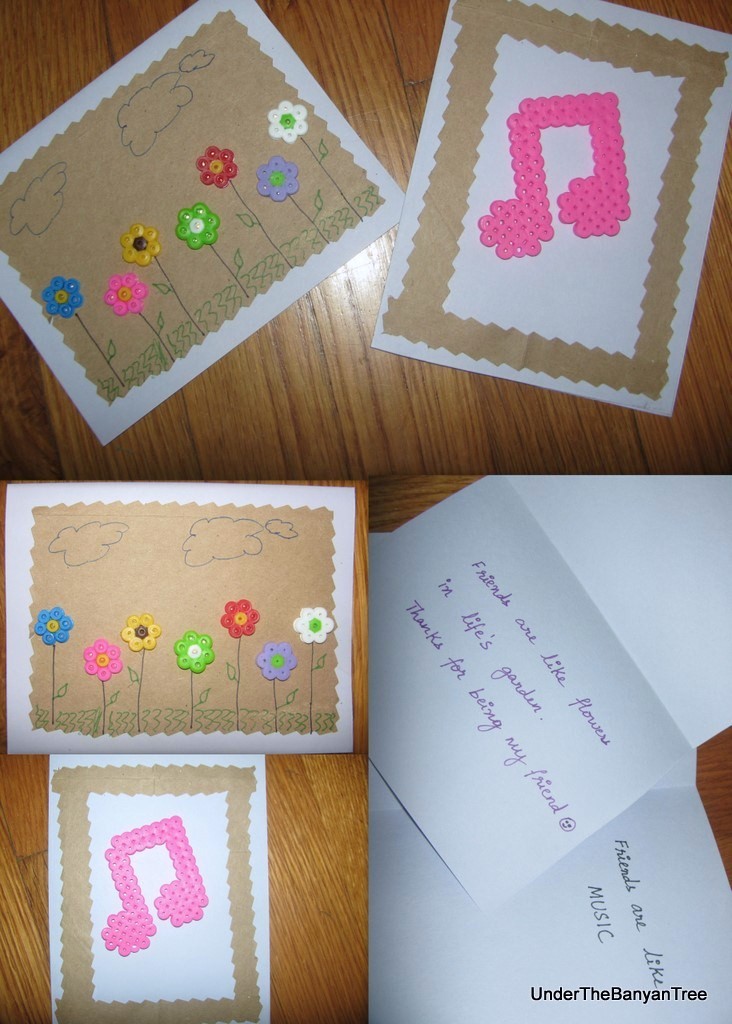
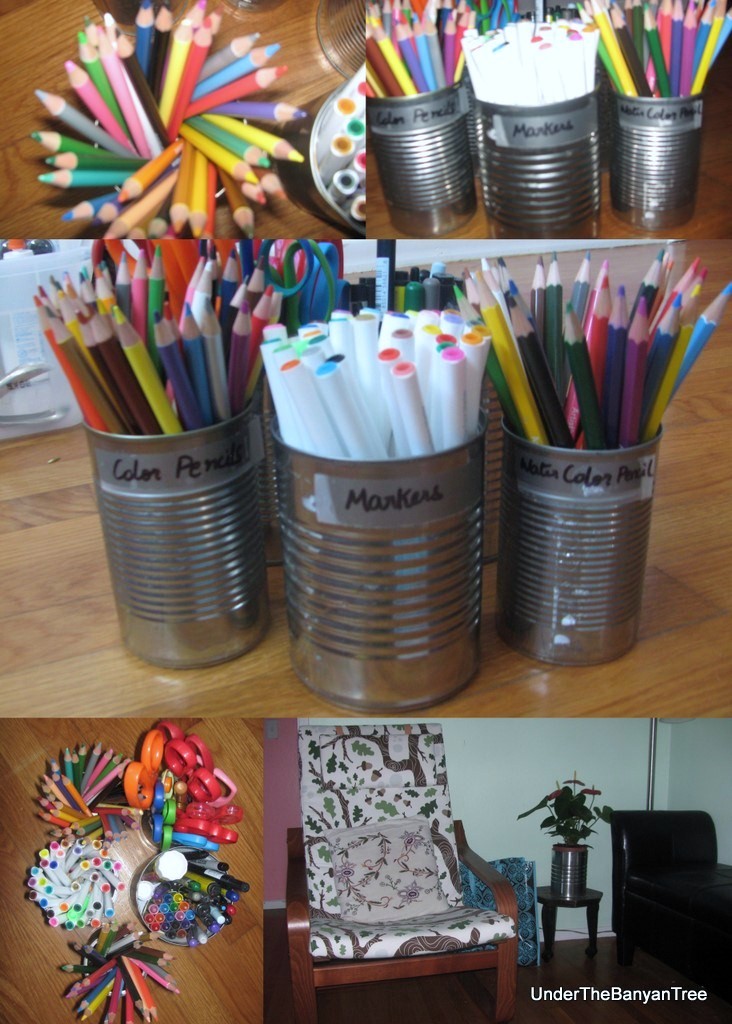




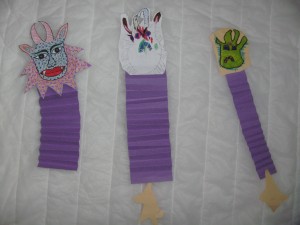
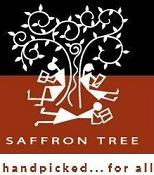
Recent Comments